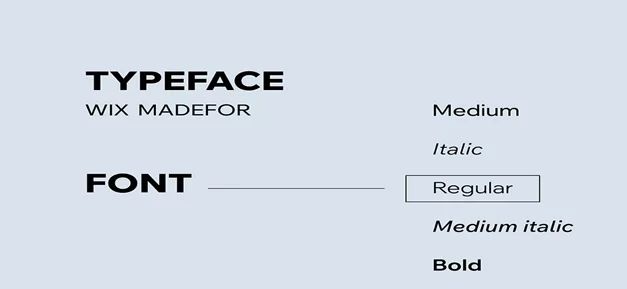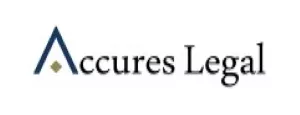- within Intellectual Property topic(s)
- in United States
- with readers working within the Law Firm industries
In the era of digitalization, a digital design plays a very crucial role towards a target audience. The metaverse of digital design majorly contains verbatims as "typeface" and "font" which are frequently used interchangeably; however, they possess different meanings. Knowing about these concepts and their protections in law is critical to graphic designers, web developers, and digital marketers. The current blog discusses the difference between a typeface and a font and whether it is copyrightable in India. Finally, the blog offers suggestions about how to protect typefaces and fonts.
Typeface vs. Font: Understanding the Basics
A typeface is also known as a font family. It is a cohesive design of letters, numbers, and symbols unified by stylistic features. It forms the visual presentation of text across various media. Each typeface consists of a collection of glyphs representing individual characters such as letters, numbers, punctuation marks, and symbols.
On the other hand, a font is just a concrete realization of a typeface. It includes some features, such as height, width, slant and, perhaps, style of letter. A font would constitute the printable or displayable characters, which are produced based on the typefaces.
Essentially, "Fonts represent the application of typefaces in various forms. A typeface is a set of fonts that share common aesthetic qualities, but each font in the typeface has its unique characteristics that make it possible to express yourself."

Figure 1 Difference between "Font" and "Typeface (credit for the image – WIX Studio)
Can Typefaces Be Protected Under Copyright Law in India?
The legal framework of India does not extend copyright protection to fonts or typefaces under the Copyright Act, 1957. The same was clearly clarified in the case re Anand Expanded Italics by the Copyright Board, stating that fonts are not entitled to copyright protection. Two key arguments shape the legal stance: –
- Functional and Utilitarian Nature:- The function of fonts is both aesthetic and practical. They are a king of building block of communication which binds together aesthetics and utility. It follows under existing copyright principles that if artistic aspects are not severable from their utilitarian function, then the work cannot be copyrighted.
- Express Legal Exclusion:- Section 16 of the Copyright Act holds that only those subjects mentioned in the Act are eligible for protection. Fonts, therefore, cannot be included within the scope of the Act because they are not enumerated under the Copyright Act. In fact, scholars such as Scaria and George strengthen this opinion in their discussion of Indian copyright law.
How to Protect Typefaces and Fonts in India?
While typefaces and fonts cannot be copyrighted per se, several
other legal avenues do offer protection:
1. Registration Under the Designs Act, 2000
Typefaces can qualify as "designs" under Section 2(d) of the Designs Act, provided they are novel and original. Without registration, the protection is merely limited under Section 15(2) of the Copyright Act, which prohibits the reproduction of designs to fifty instances prior to copyright lapsing.
2. Protection as Trademarks
Fonts used in logos or specific branding elements can be trademarked. This is to ensure exclusivity and prevent confusion, this was held by the court in the case of Bikanervala v. New Bikanerwala.
3. Copyright Protection for Font Software
While fonts and typefaces themselves cannot be copyrighted, the
software used to create or generate these fonts can be protected as
literary works under Section 2(o) of the Copyright Act. This was
also highlighted in the U.S. case Adobe Systems, Inc.
v. Southern Software, Inc. Licensing agreements for
font software also provide a solid layer of protection.
Conclusion
Fonts and typefaces are not eligible for copyright in India due to their functional nature and the express limitation imposed by the Copyright Act, 1957. Yet, designers and companies can claim protection through the Designs Act, trademark registration, and software copyright. Keeping pace with the digital design landscape means one must stay informed of the legal protections for the preservation of artistic works integrity and originality.
References
- The copyright act, 1957 (14 of 1957).
- The Designs Act, 2000.
- re, Aananda Expanded Italic [2002 (24) PTC 427].
- Bikanervala v. New Bikanerwala, 2005 SCC OnLine Del 103.
- Adobe Systems, Inc. v. Southern Software 1998 WL 104303.
- GeeksforGeeks,"Typeface vs Font: What's the Difference".
The content of this article is intended to provide a general guide to the subject matter. Specialist advice should be sought about your specific circumstances.



